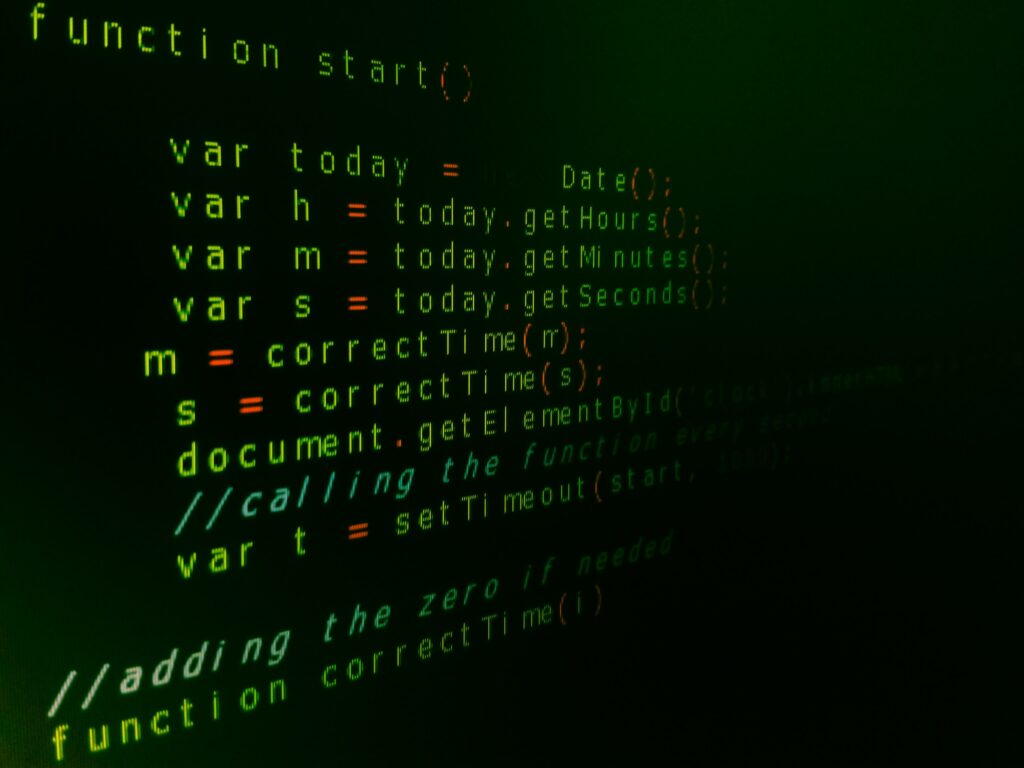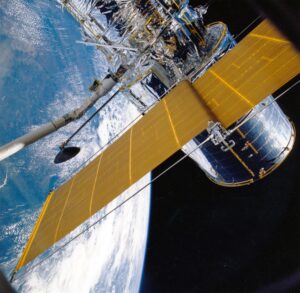Fareed’s GPS special “Artificial Intelligence: Its Promise … and Peril” has been rescheduled for NEXT Sunday, Sept. 3, at 10 a.m. and 1 p.m. ET on CNN.
In it, Fareed examines how AI is poised to change society and culture—and why some say it will threaten humanity—in conversations with a series of experts: former Google CEO Eric Schmidt, AI “godfather” Geoffrey Hinton, renowned filmmaker James Cameron, and Museum of Modern Art (MoMA) curator Michelle Kuo and Turkish-born artist Refik Anadol.
In the meantime, as debate rages over the present and future of AI, here are some essays, op-eds and tidbits we’ve found useful in understanding this rapidly unfolding technology.
ChatGPT Unleashed an AI Race, Now Regulators Are Struggling to Hold On, Yifan Yu, Nikkei Asia, June 14
The AI Power Paradox, Ian Bremmer and Mustafa Suleyman, Foreign Affairs, Aug. 16
AI Is Winning the AI Race, Mariano-Florentino Cuéllar and Matt Sheehan, Foreign Policy, June 19
This Is How AI Will Transform the Way Science Gets Done, Eric Schmidt, MIT Technology Review, July 5
AI Has Entered the Situation Room, Stanley McChrystal and Anshu Roy, Foreign Policy, June 19
You Can’t Trust the AI Hype, Ash Milton, Palladium, Aug. 3
AI Language Models Are Rife With Different Political Biases, Melissa Heikkilä, MIT Technology Review, Aug. 7
Bing’s A.I. Chat: ‘I Want to Be Alive. 😈,’ Kevin Roose, The New York Times, Feb. 16
How Schools Can Survive (and Maybe Even Thrive) With A.I. This Fall, Kevin Roose, The New York Times, Aug. 24
Use of AI Is Seeping Into Academic Journals, Amanda Hoover, Wired, Aug. 17
How an Iowa School District Used ChatGPT to Ban Books, Angela Watercutter, Wired, Aug. 18
Is AI a Danger to Humanity or Our Salvation? Harry Lambert, The New Statesman, June 21
The Risks of AI Are Real but Manageable, Bill Gates, GatesNotes, July 11
There’s Too Much Money Going to AI Doomers, Parmy Olson, Bloomberg, Aug. 16
How to Worry Wisely About Artificial Intelligence, The Economist, April 20
China Is Flirting With AI Catastrophe, Bill Drexel and Hannah Kelley, Foreign Affairs, May 30
Could a Large Language Model Be Conscious?, David J. Chalmers, Boston Review, Aug. 9
Artificial General Intelligence Is Possible and Deadly, Wolf Tivy, Palladium, Aug. 10










